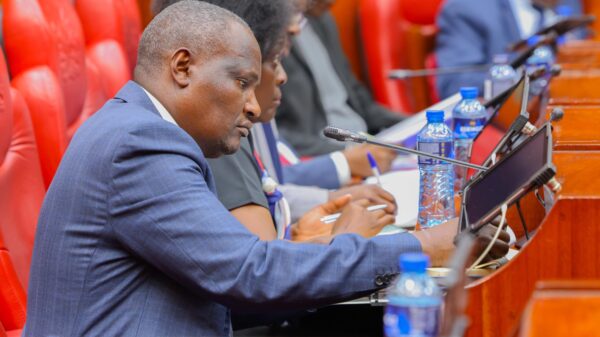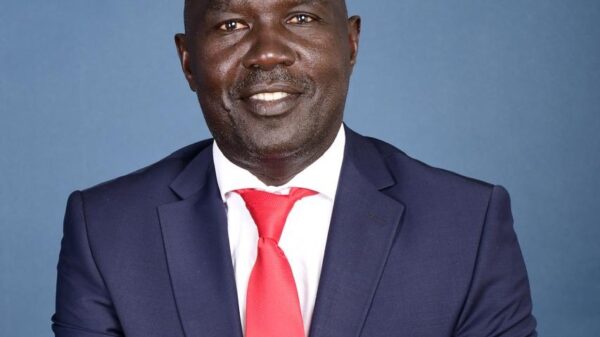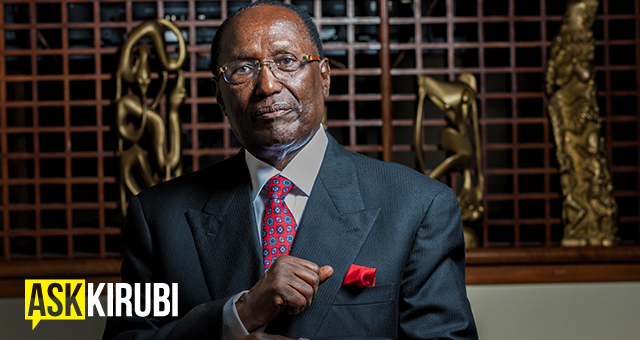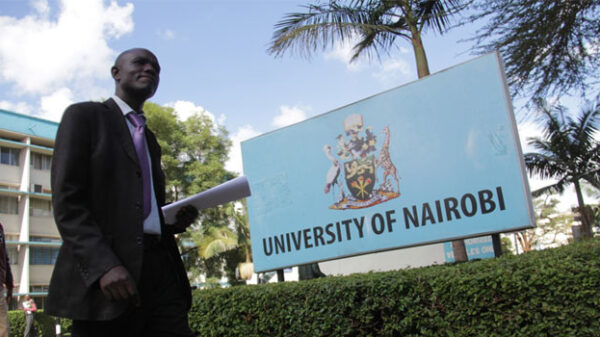NAIROBI, Kenya, Nov 13 – Three ethnic groups – Kikuyu, Kalenjin, and Luo – make up more than half of employees in Kenya’s state corporations, highlighting persistent ethnic imbalance in public sector appointments, according to new data from the National Cohesion and Integration Commission (NCIC).
The report shows that Kikuyus account for 29,352 employees (20.06 percent), followed by Kalenjins with 25,729 (17.58 percent), and Luos with 20,656 (14.12 percent). Combined, the three tribes represent 51.76 percent of the total parastatal workforce.
The remaining 48.24 percent is shared among other ethnic groups, including Luhyas (18,106 or 12.38 percent), Kambas (12,373 or 8.46 percent), and Kisiis (10,627 or 7.26 percent), among others.
The National Cohesion and Integration Act (2008) prohibits public institutions from employing more than one-third of their workforce from a single ethnic group, a rule meant to foster diversity and inclusivity in the public service.
However, the PSC data indicates that several state corporations have breached this threshold. For instance, 67.66 percent of Moi Teaching and Referral Hospital’s workforce is drawn from the Kalenjin community, while the Kenya Ports Authority has 34.45 percent of its staff from the Mijikenda community.
Analysts say the trend reflects Kenya’s historical pattern of ethnic favoritism in state appointments, often aligned with political leadership.
Meanwhile, marginalized groups remain heavily underrepresented in parastatals. The Turkana community accounts for only 795 employees (0.54 percent), Teso (0.61 percent), and Borana (0.65 percent), underscoring deep regional disparities in public employment.
The PSC has urged state corporations to comply with diversity and inclusion requirements, warning that failure to do so undermines national cohesion and equitable representation in public institutions.
By Faith Masita




















































